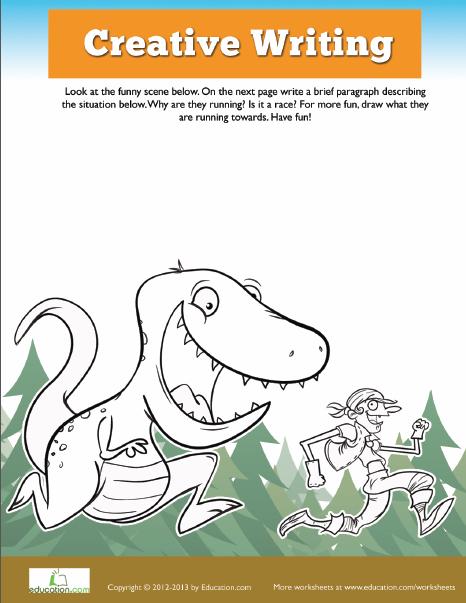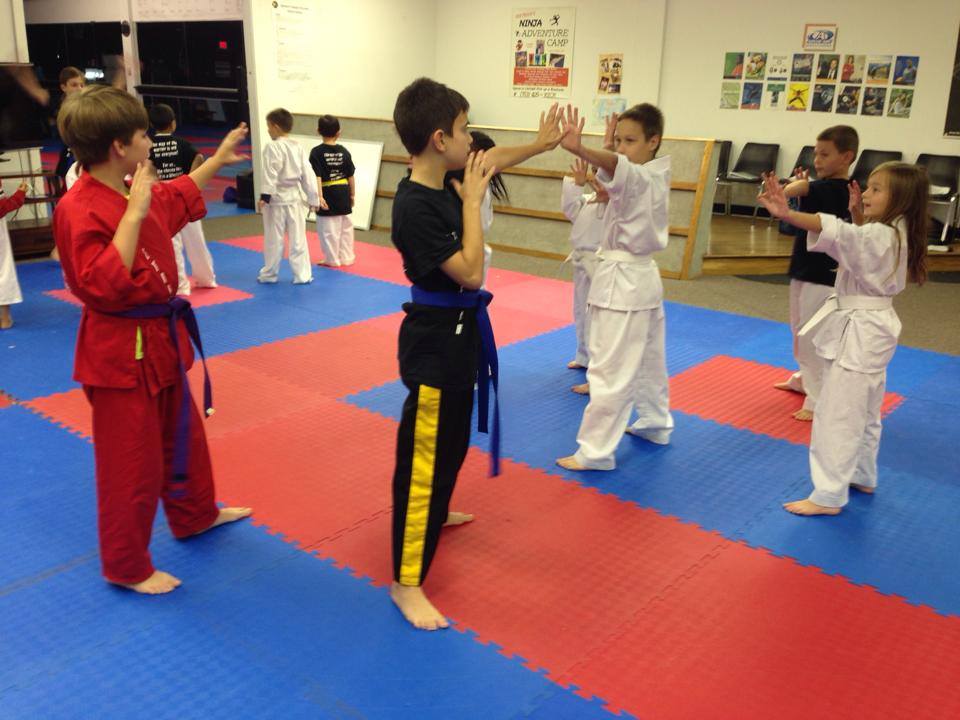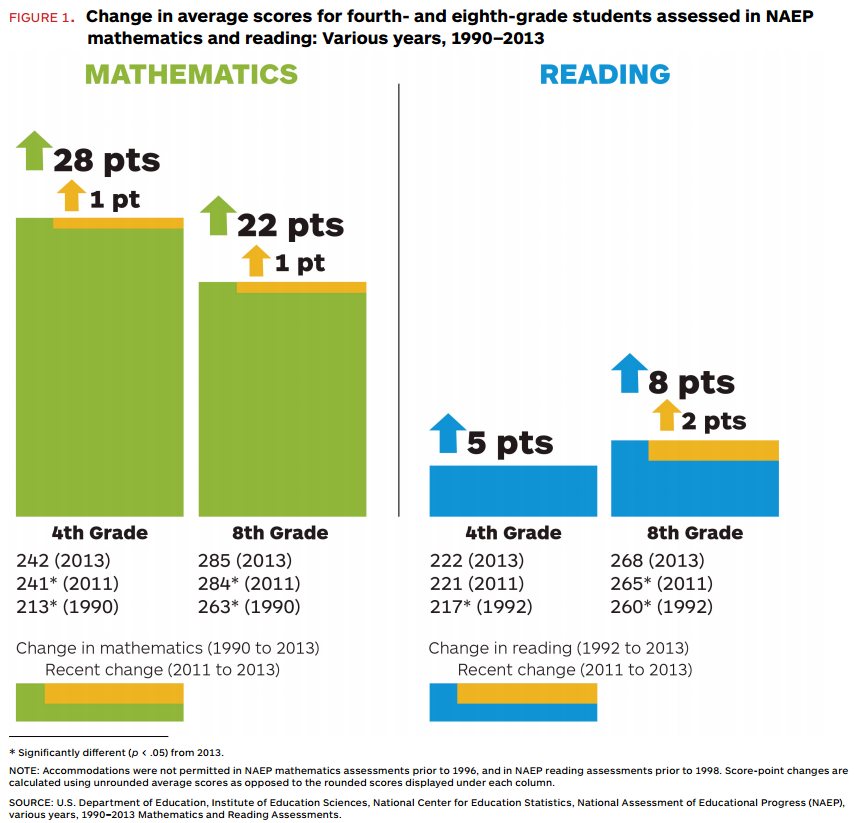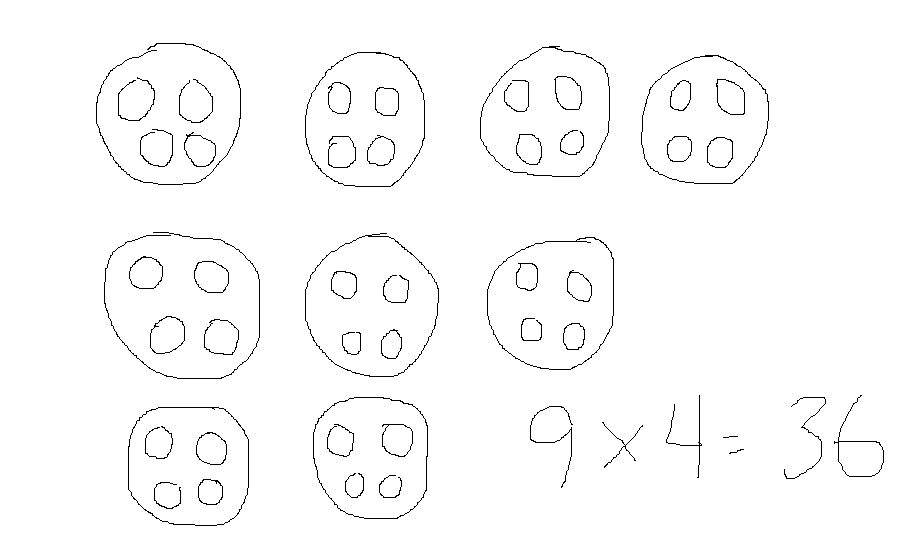"Education Experts" Lack Expertise?

Three years ago, when this blog started, retired professor Flor Lacanilao lamented over the media coverage of education policies. In A Critique of Some Commentaries on the Philippine K-12 Program , a stark contrast between who gets wide media coverage and who does not was highlighted. Lacanilao's exact words were " Note further that the nonscientist authors and cited authorities include prominent people in education, and that these nonscientist authors and cited authorities enjoy wide media coverage. I think this situation explains the present state of Philippine education ." Lacanilao actually cited one of my articles as among those not receiving attention in spite of his opinion that what I wrote was supported by properly published studies. To establish expertise, Lacanilao was using an individual's record of research contribution as measured by how frequently one's publication had been cited by others. Such measurement, for instance, was reflected on the indivi...













